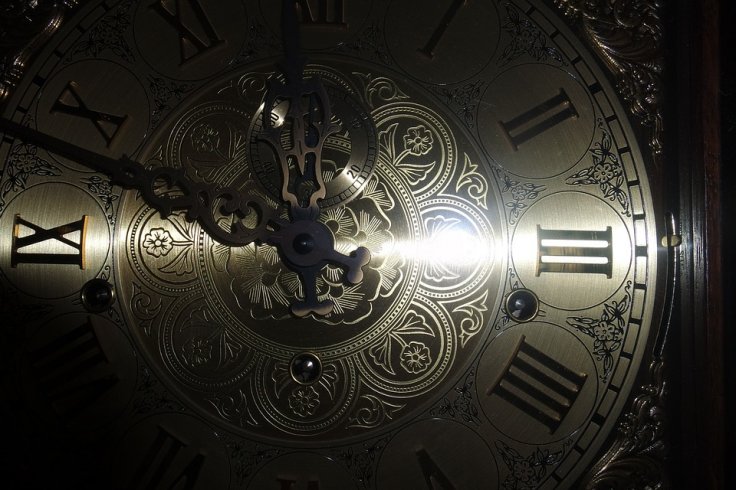Around the world, atomic clocks are used to tell time precisely. But in a latest research, published in the journal Physical Review X, the researchers at California Institute of Technology and NASA-Jet Propulsion Laboratory (JPL) have claimed to tell the most accurate and precise time with their latest discovery.
By accuracy, the scientists refer to the ability of the clock to correctly pin down the time and precision refers to its ability to tell the time in fine detail.
Nicknamed Tweezer clock

The researchers have designed a new optical atomic clock, nicknamed the 'tweezer clock' that employs technology in which so-called laser tweezers are used to manipulate individual atoms. "One of the goals of physicists is to be able to tell time as precisely as possible," says Manuel Endres, assistant professor of physics at Caltech.
Endres explained that while the ultra-precise clocks may not be needed for everyday purposes of counting time, they could lead to advances in fundamental physics research as well as new technologies that are yet to be imagined.
In the case of atomic clocks, each 'tick' of the clock depends on the atomic vibrations and their effects on surrounding electromagnetic fields. The standard atomic clocks, which are used today, based on the atom caesium, tell time by 'counting' the radio frequencies.
The study said that these clocks can measure time to a precision of one second per every hundred of millions of years. However, the newer atomic clocks that measure optical frequencies of light are even more precise. These clocks may eventually replace the radio-based ones.
Anatomy of the new optical atomic clock
According to the study, the new clock design builds upon two different types of optical atomic clocks that are already in use. The first type is based on a single trapped charged atom, or ion, while the second uses thousands of neutral atoms trapped in what is called an optical lattice.
The researchers said the new design of optical atomic clock uses 40 atoms instead of using a collection of many atoms. Those 40 atoms are precisely controlled with laser tweezers. Ivaylo Madjarov, a Caltech graduate student and lead author of the study, said, "This approach bridges two branches of physics--single-atom control techniques and precision measurement. We're pioneering a new platform for atomic clocks".
The researchers also said that the new system is ideally suited for future research into quantum technologies. Endres said, "Our approach can also build a bridge to quantum computation and communication architectures. By merging different techniques in physics, we've entered a new frontier."








